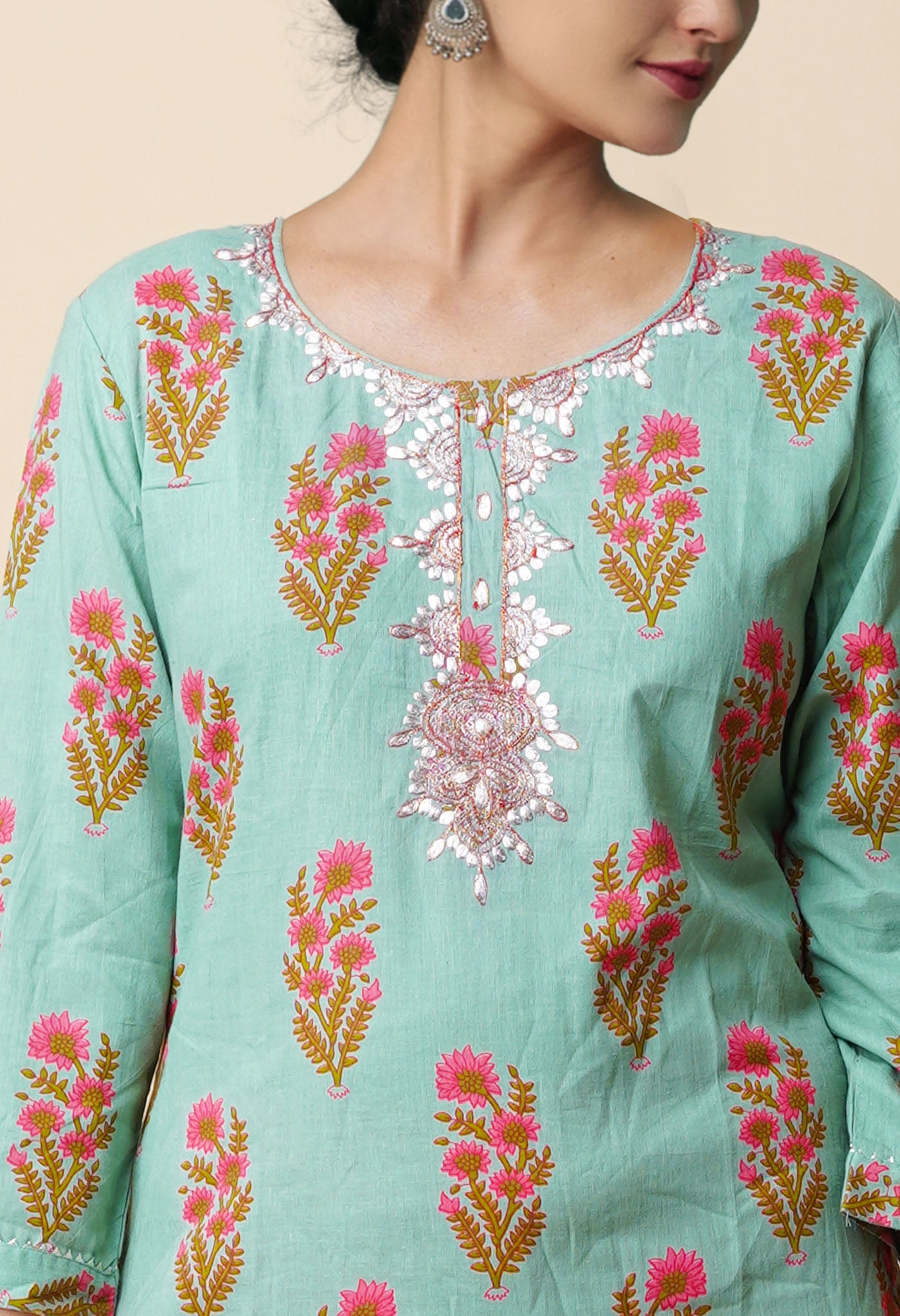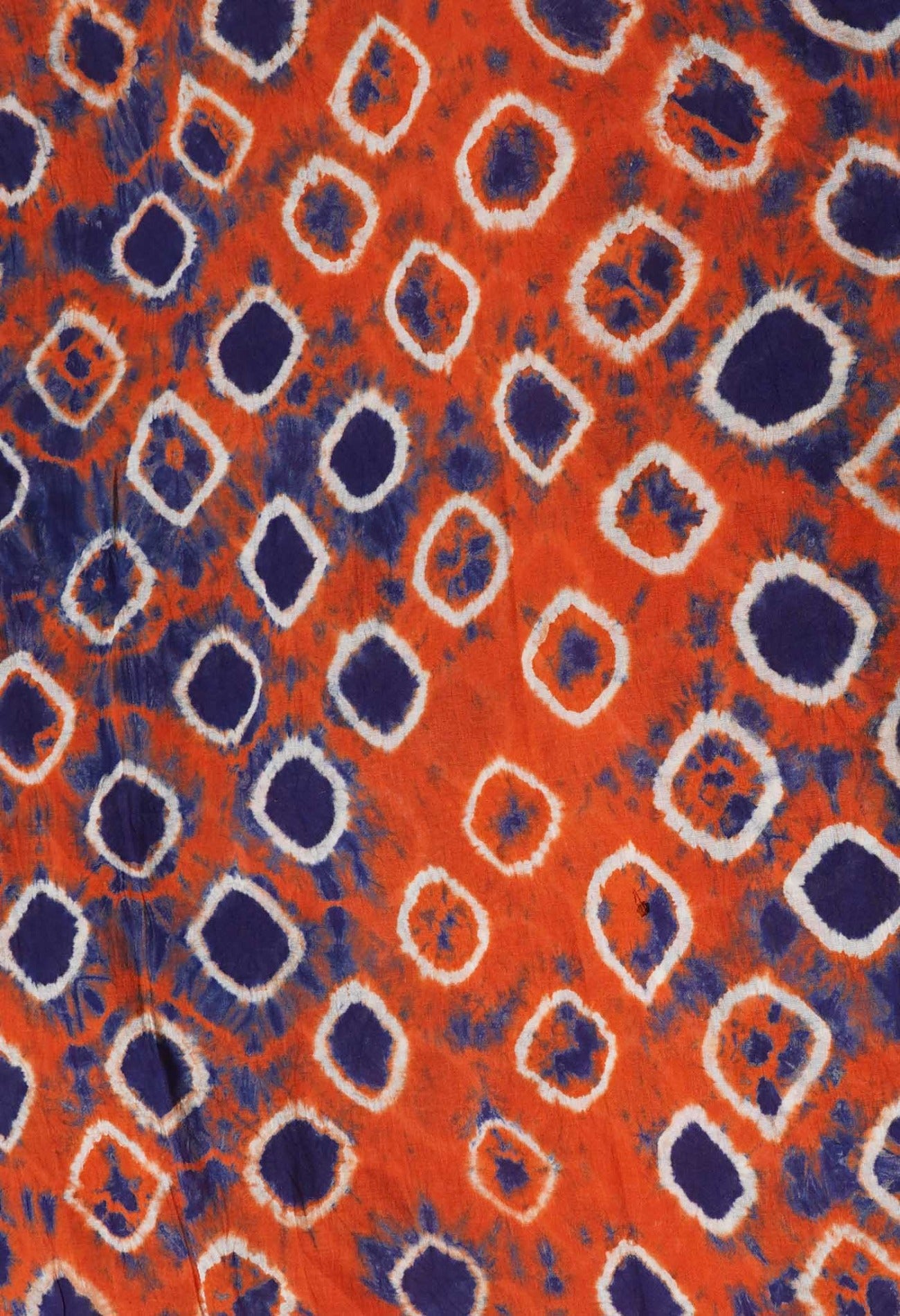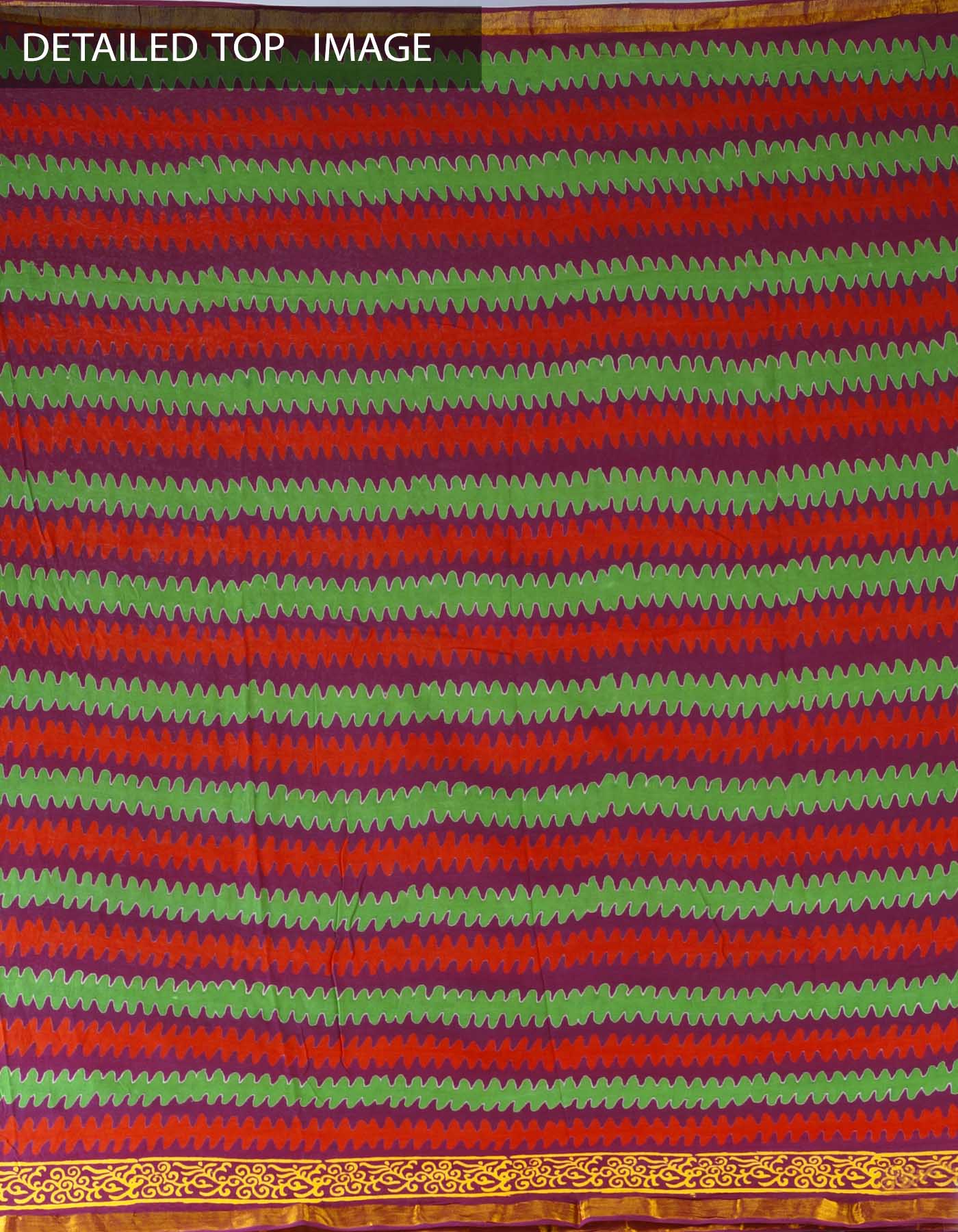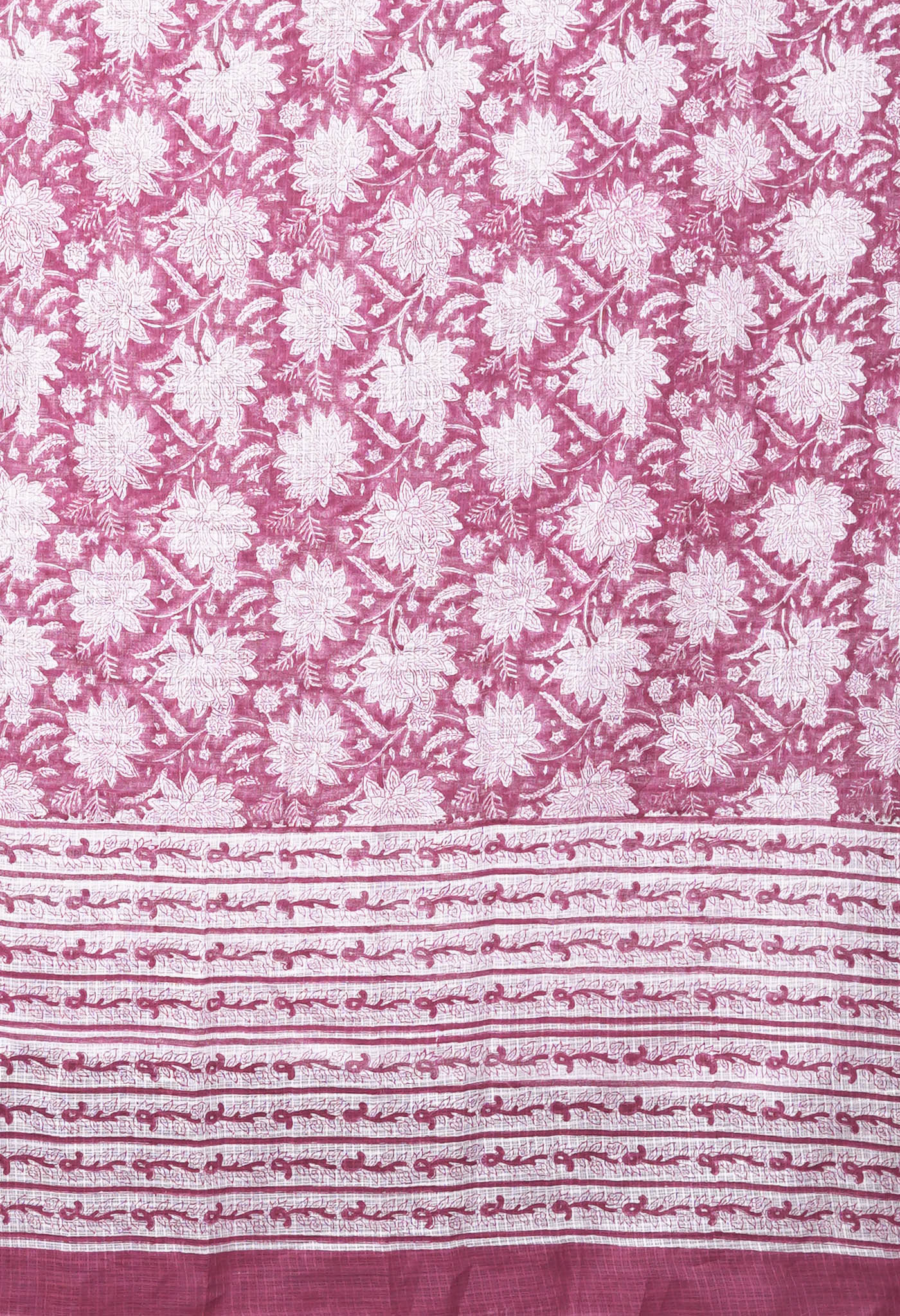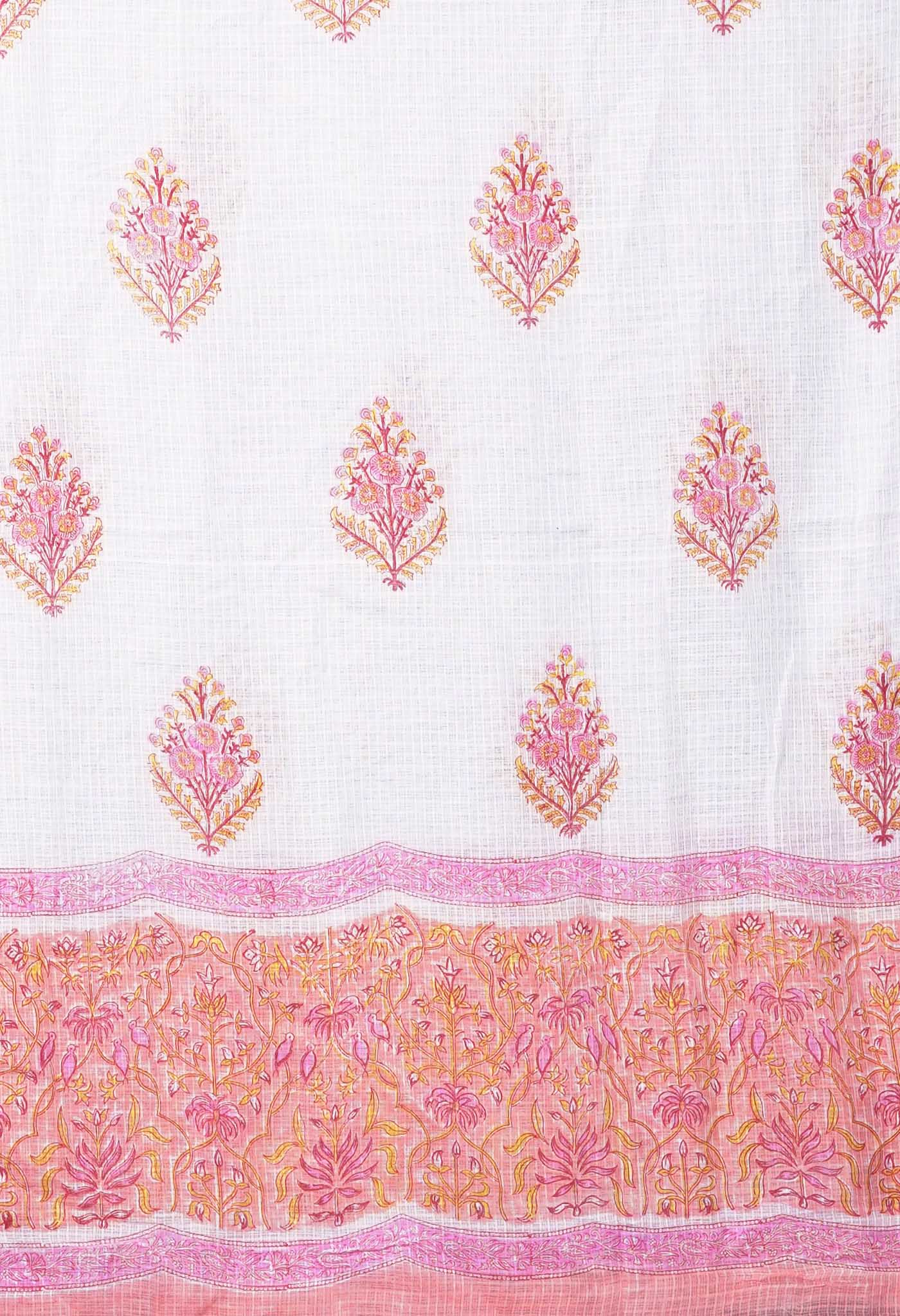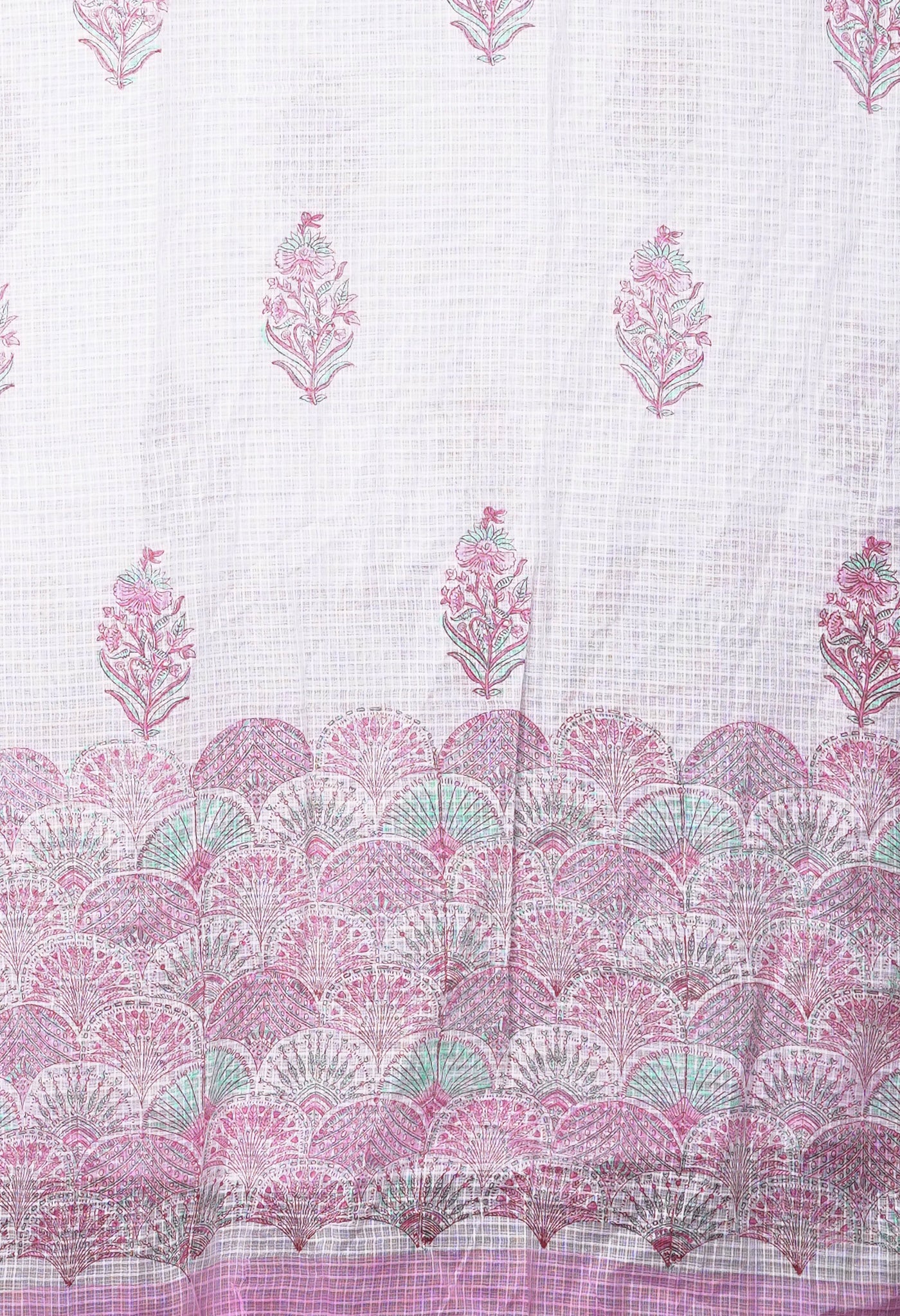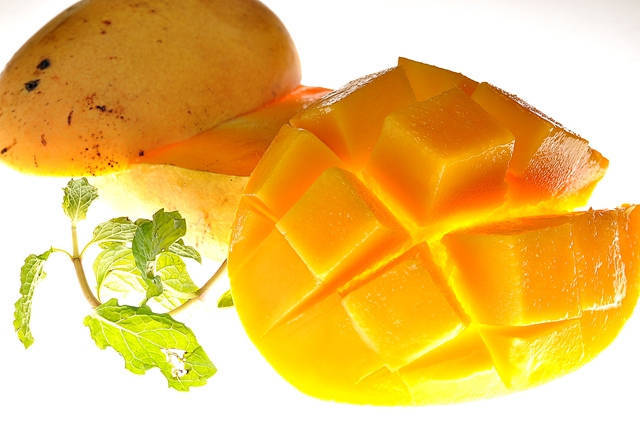
Loveeeeeee Mangoes. But worried about calories!!
Ask a question like – do you like the mango fruit? in India, and you could be subject to ridicule. Male or female, young or old, the mango is most liked of all fruits as far as Indians are concerned. In fact it should be surprising if a person were to show distaste for mangoes.
[gallery type="slideshow" ids="4686,4690,4693,4687,4691,4692,4688,4689" orderby="rand"]
Be it the raw and green varieties that do well for making all sorts of pickles but equally enjoyed by slicing and having with salt and some spicy masala. Or the bright yellow to golden ripe juicy varieties that, make the mouth water, just from the aroma and look. Mango is considered as the king of fruits in India. And who is comparing with the other fruits in terms of nutrition to declare that?
No wonder mango trees are jealously guarded by the young boys – be it in the Indian village, in semi-urban areas or in a city neighborhood fortunate to have its benevolent presence. They see it as an adventure of their carefree days when climbing and procuring the fruit are equally important as consuming it raw – and should not be spoilt by some adventurous campaign bringing the tree down for some unfathomable reason.
Found mostly in India and the Asian subcontinent and some parts of the Pacific, the well-liked and vastly consumed mango does have its nutritive value and medicinal properties that are less bothered about considering its more attractive proposition – the tangy taste (raw) and enticing juiciness (ripe).
Let us see what.
- Whether it is the raw green or the ripe yellow, mangoes are rich in carbohydrates. In fact the the sweetness of the mango is from carbohydrate content which is quite beneficial to the human body.
- For the calorie conscious, consuming a few mangoes does not mean adding a lot of calories to the body. The calorie intake being fairly low, at about 14% of the total fruit content, the pulp consumed does not bring to affect a rise that early.
- Diabetics skeptical about suffering from having mangoes can take heart in the fact the low glycemic index is nowhere near 60 the safe limit, making it reasonably OK if one does not go beyond a mango at a time.
- With close to zero protein and fat content can you call it fattening? Unless you were to gorge and stuff yourself with the inherent calories of the fruit.
- Cause to cheer, the medicinal benefits are in its resistance to cancers of the colon, breast , prostate gland and blood. But don’t go overboard with a mango diet.
- There are also ‘bad’ cholesterol reducing substances within, like Vitamin C, pectin and fibre.
- The beauty conscious can go for the mango just to avail the benefits of its cleansing properties through the elimination of face blemishes and scars. It is also gives good skin tone. Mind you, it serves whether the fruit is consumed or as a paste like application to the skin.
- Not to mention the splendid eye health it provides from getting rid of many harmful toxins within the body.
[gallery type="slideshow" ids="4686,4690,4693,4687,4691,4692,4688,4689" orderby="rand"]
Be it the raw and green varieties that do well for making all sorts of pickles but equally enjoyed by slicing and having with salt and some spicy masala. Or the bright yellow to golden ripe juicy varieties that, make the mouth water, just from the aroma and look. Mango is considered as the king of fruits in India. And who is comparing with the other fruits in terms of nutrition to declare that?
No wonder mango trees are jealously guarded by the young boys – be it in the Indian village, in semi-urban areas or in a city neighborhood fortunate to have its benevolent presence. They see it as an adventure of their carefree days when climbing and procuring the fruit are equally important as consuming it raw – and should not be spoilt by some adventurous campaign bringing the tree down for some unfathomable reason.
Found mostly in India and the Asian subcontinent and some parts of the Pacific, the well-liked and vastly consumed mango does have its nutritive value and medicinal properties that are less bothered about considering its more attractive proposition – the tangy taste (raw) and enticing juiciness (ripe).
Let us see what.
- Whether it is the raw green or the ripe yellow, mangoes are rich in carbohydrates. In fact the the sweetness of the mango is from carbohydrate content which is quite beneficial to the human body.
- For the calorie conscious, consuming a few mangoes does not mean adding a lot of calories to the body. The calorie intake being fairly low, at about 14% of the total fruit content, the pulp consumed does not bring to affect a rise that early.
- Diabetics skeptical about suffering from having mangoes can take heart in the fact the low glycemic index is nowhere near 60 the safe limit, making it reasonably OK if one does not go beyond a mango at a time.
- With close to zero protein and fat content can you call it fattening? Unless you were to gorge and stuff yourself with the inherent calories of the fruit.
- Cause to cheer, the medicinal benefits are in its resistance to cancers of the colon, breast , prostate gland and blood. But don’t go overboard with a mango diet.
- There are also ‘bad’ cholesterol reducing substances within, like Vitamin C, pectin and fibre.
- The beauty conscious can go for the mango just to avail the benefits of its cleansing properties through the elimination of face blemishes and scars. It is also gives good skin tone. Mind you, it serves whether the fruit is consumed or as a paste like application to the skin.
- Not to mention the splendid eye health it provides from getting rid of many harmful toxins within the body.
King of fruits, as it is rightly named, the mango provides for a tasty and sumptuous partaking that satiates the palate and uplifts the mind.
















































